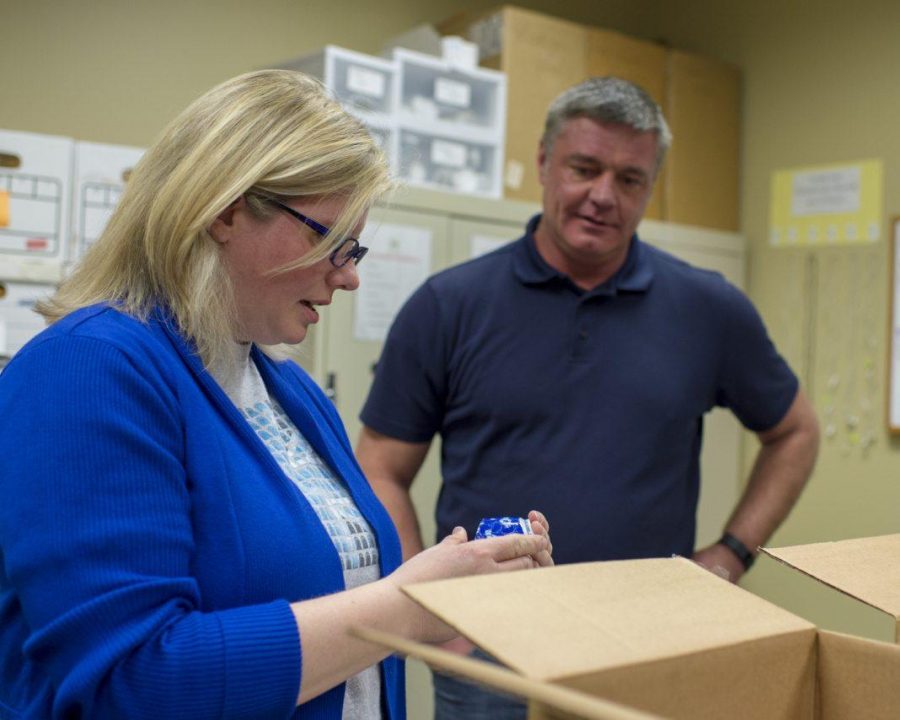Charles Shepherd, a historical architect for the University of Utah, was scouting a construction site in April, 2016, when what he thought was a stone peeking out of the dirt turned out to be a human skull.
Nearly two years later, the U’s Marketing and Communications team has made a seven-part podcast series telling the story of the human remains titled “Secrets of the Campus Cadavers.”
“It was just round and sitting on top of the sandy soil where they had been excavating and moving the dirt around, but it was quickly not a cobble,” Shepherd said of the skull.
His first thought was that the remains were Native American. After further investigation by the state forensic anthropologist, the bones showed markings consistent with those of cadavers used for medical research.
The archeological team found over 1,000 bones and fragments of bones from at least 11 individuals. Mixed in with the bones was a combination of lab equipment, crucibles, portions of dishes and broken bottles, said Kelly Beck, SWCA principle investigator. This combination of seemingly random items led the team to believe the area was a common place for people to dump anything they didn’t want.
“I was a little surprised, but at the same time it was pretty cool,” said historical architect Stephanie Lechert, reflecting on the moment she found out the bodies were cadavers. “But how the hell did they get there?”
No one really knows the answer to Lechert’s question. According to Paul Gabrielsen, U science writer and lead voice of the podcast, even between 1905 and 1933, the time period when the bones are estimated to have been disposed of, cadavers were not supposed to be just tossed aside.
“What happened then, we don’t know why someone buried those,” Gabrielsen said. “There is evidence that at the time they were cremating cadavers. It is unusual for them to be buried like that, and that is definitely not how we do it today. Everything is done very, very professionally.”
Today, when people donate their bodies to science, the U begins by meeting with the family. After collecting the remains, the body is embalmed and medical students use the cadaver as a tool of learning after undergoing an orientation that addresses respect for the dead.
Every piece of tissue is saved from the body and when the students are done, the remains are cremated. The ashes are then returned to the family or sent to the Salt Lake City Cemetery.
The podcast ends with a scene of a memorial dedicated to those giving their bodies today.
The cadavers found at the construction site, forgotten for potentially a century, will soon resume their teaching role by becoming a part of the U’s anthropology collection.
“That’s the reason that they were here initially, and that kind of continues their life,” Gabrielsen said. “These people who were most likely unclaimed bodies that were delivered to the U, they were originally here for teaching, and now they’re going to be doing that again. They’re going to inspire more students as time goes forward.”
A podcast, Gabrielsen believes, is the best way to tell the story of the bodies while still being respectful.
“We can tell stories about these people and we don’t have to show them,” Gabrielsen said. “I think we’re showing that although whoever and whenever these were left before, that was not done the right way. We’re trying to make it right now by telling their stories and by returning them to a teaching role.”
@kenzomcd


